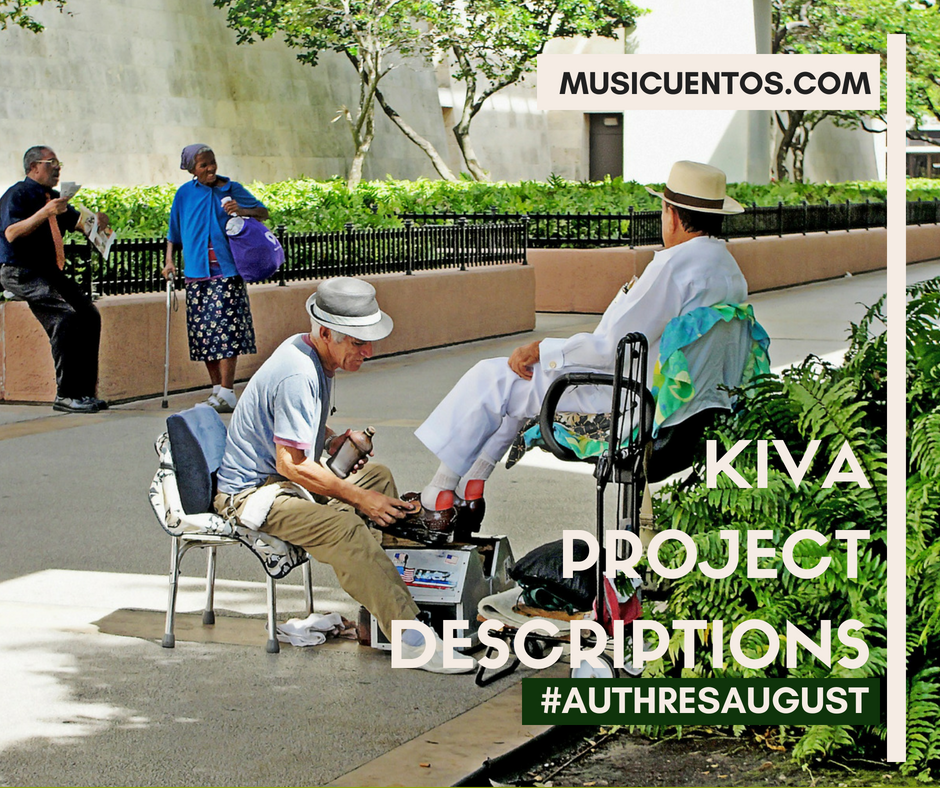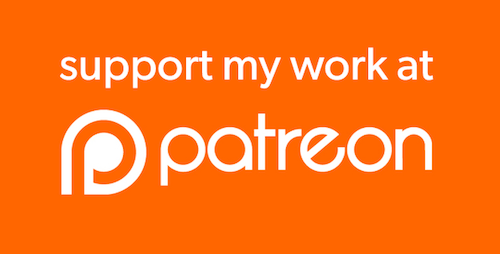Social entrepreneurship… in Spanish 1?!
A few years ago, a company called VIF International asked me to think and work with them on this question:
What would a project-based learning curriculum look like in a novice Spanish class?
It’s not an easy question. Project-based language learning presents the same problem Genius Hour does: how can you ask kids to create something when they can’t yet do much in the target language? How much target language time are you willing to sacrifice to make more creation possible? If the answer is not much, how long are you willing to take on a single theme/project/problem in order for real language acquisition and then creation to happen?
Their question was even more complicated. They were committed to produce a curriculum that involved at least one unit on social entrepreneurship. A social entrepreneurship unit in the first months of Spanish 1? A few collaborators and I took a deep breath and said, “Let’s do it.”
Fast forward to more recently, that company redefined and repositioned itself as Participate.com. In this overhaul, they decided not to pursue a similar Spanish 2 curriculum, and decided to release the Spanish 1 curriculum we wrote as an open educational resource online. Which, of course, means you can take a look at all the resources we put together and decide what might fit in your own units. And you can browse our social entrepreneurship lessons; they are the four lessons of Unit 4, and each one is at least 4-5 days’ worth of teaching material, probably much more than that if you dig deep into providing comprehensible input toward producing the lesson’s product.
A social entrepreneur… in a learner novel?
Fast forward to now, I’m about to tackle El Ekeko with my middle-grades learners and I’m looking for a focus to help me position the reader as a 16-week semester-long unit. We focused on food with Peru before, then we focused on Ecuador’s geography with El capibara con botas and then travel to Colombia in Peter va a Colombia. I didn’t want to do another travel focus for Bolivia. So now what? The answer was to look back to those social entrepreneurship lessons from Participate. The main character himself is a little entrepreneur who ends up making a big difference. The fit is perfect.
Learner novel + #Authres = social entrepreneurship project
Take a look at these objectives from lesson 4.2:
Students will:
- Be able to identify and describe actions and dispositions of people engaged in social entrepreneurship projects.
- Learn how to express their intentions and explain how they would like to help society.
- Create heart maps that identify societal issues that matter to them.
Students will :
- Identify the purpose of microloans and will understand the impact that they have on society.
- Design an infographic to show the impact that microfinance loans have on a Latin American country.
- Evaluate different Kiva projects in order to choose the ones with the greatest impact.
- Demonstrate their understanding of the basic communication skills needed to change money.
Bingo. Time to get my middle-grades kids involved in a Kiva project in Bolivia.

So why is this an #AuthresAugust post? Let me get to that now: When Kiva offers you the description of a program, they’ve translated it for you – but you don’t have to read it in English. Have you ever caught this little link under the program description?
YES! Some of the descriptions are long and complicated and frankly too authentic for novice-to-IL learners, but there’s a lot of usable authentic language there. And, of course, by changing the country, you change the original language – to, e.g., French!
There is a wealth of ideas in the Participate unit’s lesson plans, but here are some:
- See if the project has an accompanying YouTube video or if there is a video about that industry in that area.
- Incorporate money conversions.
- Teach money management skills.
- Focus on process verbs (wants, works, saves, buys).
- Focus on high-frequency business vocabulary (store, boss, employee, work, hire, schedule).
Developing my semester plan, I realized that in 15 class meetings, 2 of which I’ll miss because of conferences, I cannot accomplish both El Ekeko and all the richness in those social entrepreneurship lessons from Participate. So, I did what any sane teacher does: I counted myself as having had a great idea for next semester’s units! Looks like we’ll integrate Kiva into our Bolivia / novel study and provide a loan, but next unit we’ll really explore social entrepreneurship, probably for just the first half of the semester (8 class meetings at 1/week). As I work on developing my units, I’ll certainly share my resources here. What about you – how will these Kiva descriptions fit into your year?
 If Musicuentos has significantly helped you in your language teaching journey, consider becoming part of the “thanks” crew on Patreon. Amigo-level patrons receive all material developed for conferences, and “La lotería” patrons receive every resource I produce, whether it’s a $2 activity or a $50 ebook guide, as thanks for their sponsorship.
If Musicuentos has significantly helped you in your language teaching journey, consider becoming part of the “thanks” crew on Patreon. Amigo-level patrons receive all material developed for conferences, and “La lotería” patrons receive every resource I produce, whether it’s a $2 activity or a $50 ebook guide, as thanks for their sponsorship.
2 Comments
Comments are closed.





Yay for Kiva! I’ve been a volunteer translator with Kiva for a number of years, and I love the organization. A couple of tips:
Kiva’s website lets you search by keyword or phrase in both the original language and the translation, a feature that might allow you to focus on language relating to family or transportation or work, for example.
Besides the loans that are currently funding, the archives contain ALL the Kiva loans, including the ones that have been funded or expired. From the main page, click on “Lend” and a sidebar will appear. Scroll allllll the way to the bottom, and you can change the search parameters from “Fundraising” to “All.” That should give you a lot more options, whether you are looking for a particular country of origin, economic sector, or keywords.
Thanks for sharing the Kiva love! And, if anyone is interested in keeping your own translating skills sharp (and learning waaay more farming vocabulary than you know in your native language–unless you are actually a farmer), you can sign up to be a Kiva volunteer translator. There’s an application to fill out to be added to the list. The Review and Translation Program periodically takes that list and trains new volunteers in batches. https://www.kiva.org/work-with-us/reviewers
Great information and resources! Thanks so much for sharing this, Tricia!